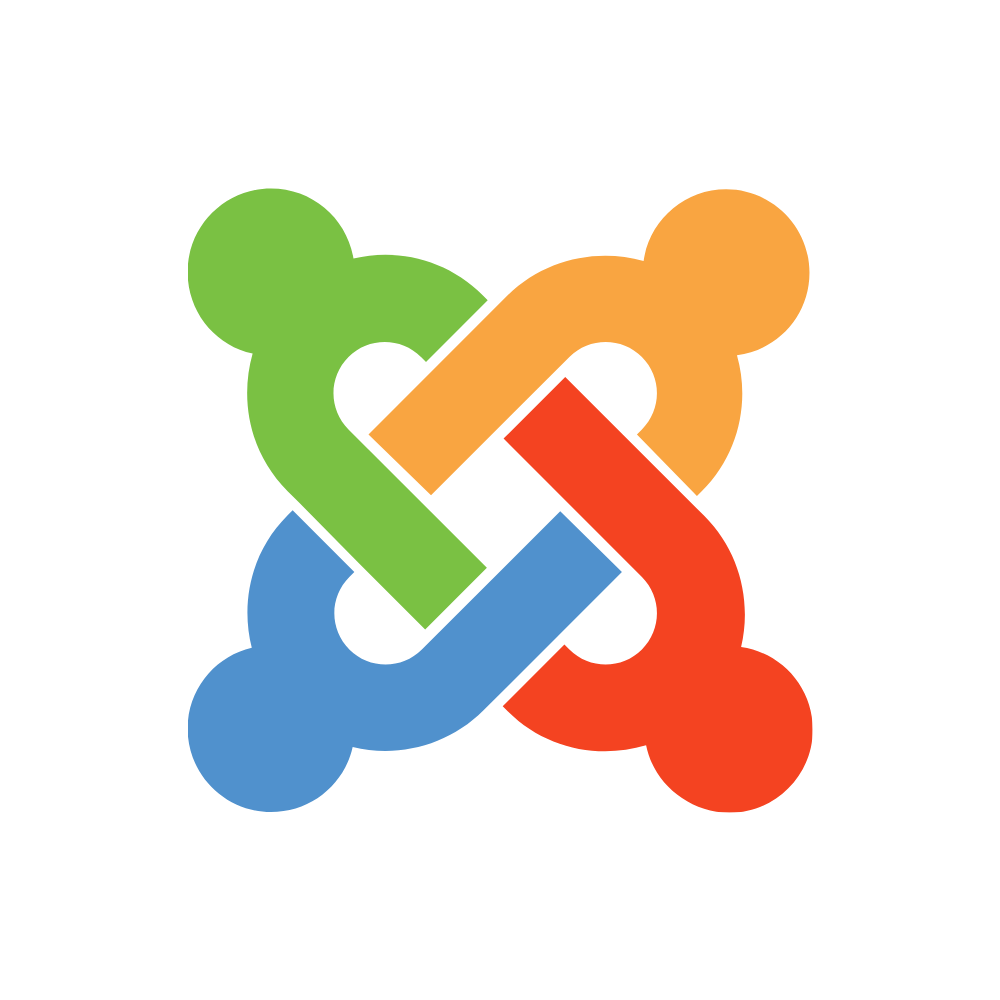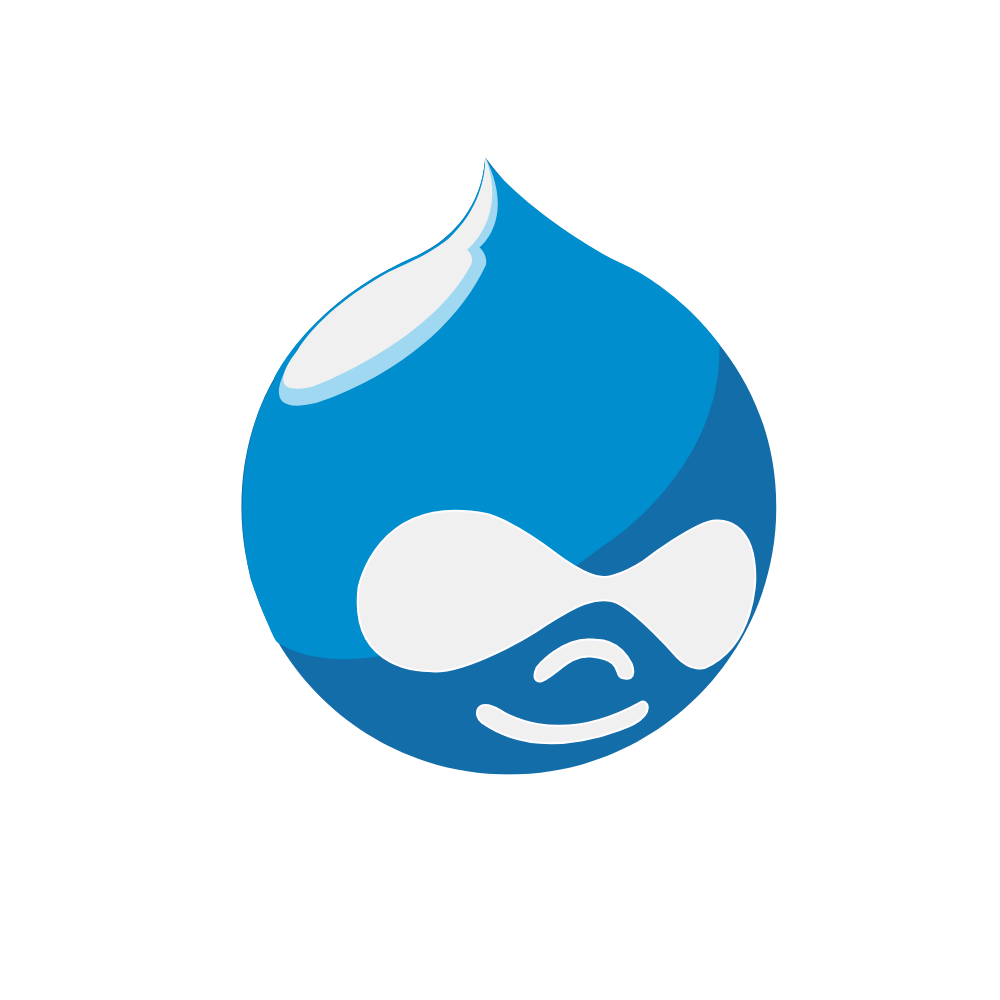US: +1 480 561 4112
IN: +91 99508 34560
UK: +44 20 3286 4560
Email: info@websenor.com
Contact Us
WebSenor Pvt Ltd Bengaluru
Site No. 26 Laskar, Hosur Rd, Bengaluru, Karnataka 560029
Phone: +91-8854834560
WebSenor Pvt Ltd Udaipur
3rd Floor , S.M. Lodha Complex,
Udaipur (Rajasthan)India
Phone: +91-9950834560
Phone: +91-9782177208
Email: info@websenor.com
USA – WebSenor LLC
25-03 83rd St, East Elmhurst, NY 11370, United States
Phone: +1-480-561-4112
Email: info@websenor.com
UK – WebSenor Ltd
184 Caroline St, Birmingham B3 1UE, UK
Phone: +44 20 3286 4560
Email: info@websenor.com
WestoWeb Inc
Block 10, Salmiya, Kuwait
Phone: +965-97487871
Email: info@websenor.com
Important Links
Resources
Career
For Career / HR related queries : +91 85297 34560
For Recruitment related queries : +91 83068 92560



WebSenor is a high end tech company headquartered in AZ, USA and its development centers are in Udaipur & Bangalore, India. We provide web development, software development, mobile application development & digital marketing services to the global market.
With 10+ years of experience, 3000+ projects of portfolio and 110+ professionals, WebSenor is one of the leading name in IT market.
Which is the best softwares to build a website?

Which is the best softwares to build a website?
1. WordPress
It’s a fairly simple question: What is the best website software to make a website if you want to build your own website? 90% of the professionals will advise one party. Namely… WordPress
That was no surprise.
It is also the most popular software in the world. About 60% of all websites with a content management system (CMS) use WordPress. The second place is taken by Joomla with 7%. And third place by Drupal with about 5%. A big difference. About 31% of all websites in the world run on WordPress. So there are hundreds of millions of them.
Why is WordPress the best?
How do you build WordPress?
What are Alternatives?
Those are the three questions that we will answer in this way.
We’ll start with everything you need to know about WordPress because WordPress is the best choice for almost everyone. In the end, we briefly discuss the alternative software to build a responsive website with.

WordPress Templates
Why WordPress is the best software to create a great and responsive website?
The more people use WordPress, the more attractive it is for programmers, web designers, and other experts to work with than WordPress.
A simple matter of supply and demand.
But the snowball continues to roll. The more programmers, web designers, and experts work with WordPress and develop products and services for WordPress, the better WordPress becomes and the more attractive WordPress is to users. And so having a small lead in the beginning (in terms of quality or users) resulted in a huge lead in the long term.
How does the website software WordPress work?
The three pillars of WordPress are:
- The editor (how you create pages and blogs);
- Themes (the design of the website);
- Plugins (extra functionalities).
1. The Editor (Creating pages and blogs in WordPress)
It is easy to create and publish new pages or blogs. The editor works just like Word or Pages. You can create headlines, add links, insert images, create lists, and format texts.
2. Themes
A theme is the design of the website. It determines what the website looks like and to a large extent what you can do with the website.
If you have the budget, you can have a theme made by a web design agency ( WebSenor), you can choose one of the free themes (which are usually not super elaborate and well-developed) or you can buy and install one of the tens of thousands of paid themes.
Paid themes are comparable in design and functionality to having a theme made by a web design agency (but it costs a fraction of the price, only 5000 Rupees because the theme is sold more often). And because there are a huge amount of paid themes (tens of thousands), chances are you can find multiple themes that fit the website you want to create. In addition, each theme can be personalized, so you will almost never encounter the same design.
3. Plugins
Plugins are small software additions that you can easily find and download for free nine times out of ten.
You can find a suitable plugin for almost every functionality. Do you want social media buttons? Download one of the hundreds of social media plugins. Help with SEO? Download an SEO plugin. A contact form? You have installed the correct plugin within twenty seconds.
You can even turn your website into a WordPress webshop, a course, or a forum by installing a plugin and downloading a theme.
2. Joomla

Joomla is one of the more popular CMSs, but the backlog on WordPress is big. Where Joomla is on 3% of all websites, WordPress is on 14% of all websites. Joomla, which saw the light of day in 2006, has already been downloaded 50 million times.
The advantage of Joomla is that the appearance is quite easy to personalize. All parts can be easily modified, and there are also a number of templates and small tweaks that can be used. Nor is it necessarily necessary to have HTML experience to get this done.
3. Drupal

Drupal is in many ways the little brother of WordPress. It has about the same functions and looks about the same. Drupal was founded in 2001 and has 761,000 users.
There is one difference with WordPress, and that is that Drupal works with so-called modules. These modules are all separate parts of the site, each of which has its own function, such as a blog section, a comment section, and so on.
The advantage of Drupal is that it works easily and has many free modules created by professional companies. The eCommerce module is also very easy to use so that a webshop is ready quickly.
The downside is that Drupal is not the best at anything. WordPress is better for blogging, and Joomla is better at creating corporate websites and communities. For a middle ground, Drupal is a great CMS.
4. Blogger

Google has its own blogging tool, which is also purely for blogging. This tool was bought from Pyra Labs in 2003. Instead of using your own hosting, a Blogger blog is installed in your own Google account. The blog can then be reached via [blog name]. blogspot.com.
